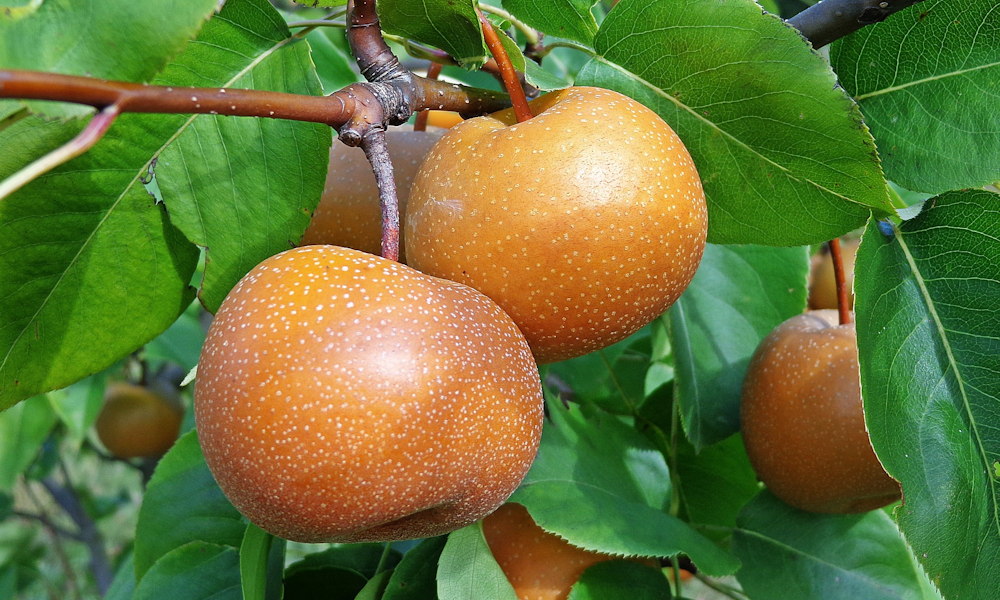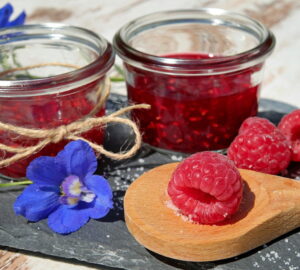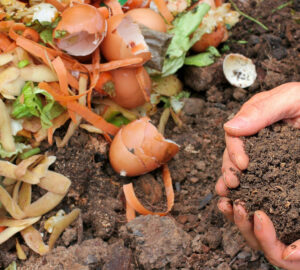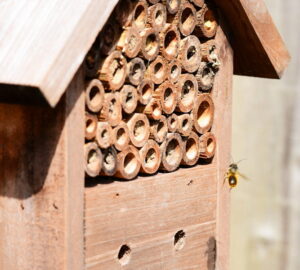The Japanese pear, also known as the Asian pear (Pyrus pyrifolia), is a unique fruit gaining popularity worldwide. With its crisp texture and sweet, refreshing taste, it brings both novelty and versatility to the table. Whether you’re a gardener looking to try something new or a food enthusiast searching for exciting flavors, Japanese pear offers plenty to explore.
Origins of the Japanese Pear
Native to East Asia, particularly China and Japan, the Japanese pear has been cultivated for centuries. In Japan, the word “nashi” simply means “pear,” but the fruit is appreciated throughout the region for its flavor and cultural significance.
A National Treasure in Japan
In Japan, the Japanese pear holds a special place, symbolizing longevity and prosperity. Harvest festivals dedicated to the fruit are common, where communities gather to celebrate its bounty. It’s not only a nutritious fruit but also a cultural icon, often given as a gift, believed to bring good fortune.

Characteristics of the Japanese Pear Tree and Fruit
The Japanese pear tree is medium-sized with a broad canopy. Its large, glossy, dark green leaves make it a visually appealing addition to any garden. The tree blossoms in spring, showcasing white flowers that eventually give way to round or slightly flattened fruits with smooth, golden-brown skin.
Flavor and Harvest Time
The fruit itself is crisp, juicy, and mildly sweet, with a hint of tartness. Its texture is often compared to that of an apple, but the taste is more reminiscent of a traditional pear. Japanese pears typically ripen in late summer or early autumn, with harvests stretching into October, depending on the region.

Culinary Uses of the Japanese Pear
The versatility of Japanese pear in the kitchen is remarkable. It can be enjoyed in a variety of ways:
- Fresh: The fruit is excellent eaten raw, either as a snack or in salads.
- Baked or Cooked: It holds its shape well when cooked, making it ideal for pies, tarts, or compotes.
- Preserves: You can turn Japanese pears into jams, jellies, or even syrup.
- Pickling: In Japan, pickled Japanese pear is a popular side dish.
- Drinks: The juice can be used in refreshing drinks or as a cocktail ingredient.
Recipe: Japanese Pickled Pear
Here’s a simple recipe for a tangy, savory side dish featuring Japanese pear:
Ingredients
- 2-3 medium Japanese pears
- 200 ml rice vinegar
- 100 ml water
- 50 g sugar
- 1 teaspoon salt
- 1 teaspoon grated ginger
- 1 small piece of dried chili (optional)
Instructions
- Peel the pears and slice them thinly or dice them.
- In a saucepan, mix rice vinegar, water, sugar, salt, and ginger. Add chili for extra heat if desired.
- Bring the mixture to a boil, then remove from heat and let it cool slightly.
- Place the pear slices in a clean jar and pour the warm pickling mixture over them, ensuring the fruit is fully submerged.
- Seal the jar and let it cool before refrigerating for at least 24 hours.
- Serve as a side dish with meats or in salads.
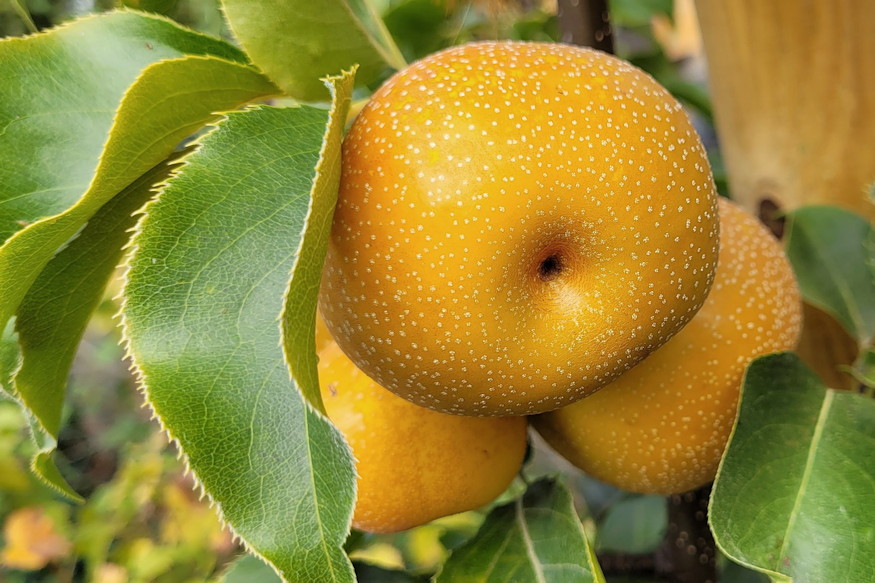
Growing Japanese Pears: Tips for Success
If you’re thinking of adding a Japanese pear tree to your garden, it’s easier than you might think. These trees prefer sunny locations and well-drained, fertile soil. While they are moderately cold-hardy, young trees may require protection in particularly harsh winters. Regular pruning is essential to maintain good air circulation and prevent disease, similar to other pear trees.
The Japanese pear tree can be grown in a container, making it suitable for smaller gardens or patios. Be sure to use a large, well-draining pot and provide regular watering and feeding to ensure healthy growth.

Fascinating Facts About Japanese Pears
- Ancient Heritage: Cultivated for over 3,000 years in China, the Japanese pear has a rich agricultural history and has been selectively bred for its diverse flavors and resilience.
- Hydration Boost: With a high water content, Japanese pears are incredibly refreshing, making them a popular choice for hot summer days in East Asia.
- Cold-Resistant Varieties: Modern hybrids have been developed to thrive in cooler climates, making them accessible to gardeners in a wide range of regions.
- Gift of Good Fortune: In many Asian cultures, the Japanese pear is a symbol of good luck and prosperity, often presented as a thoughtful gift during special occasions.
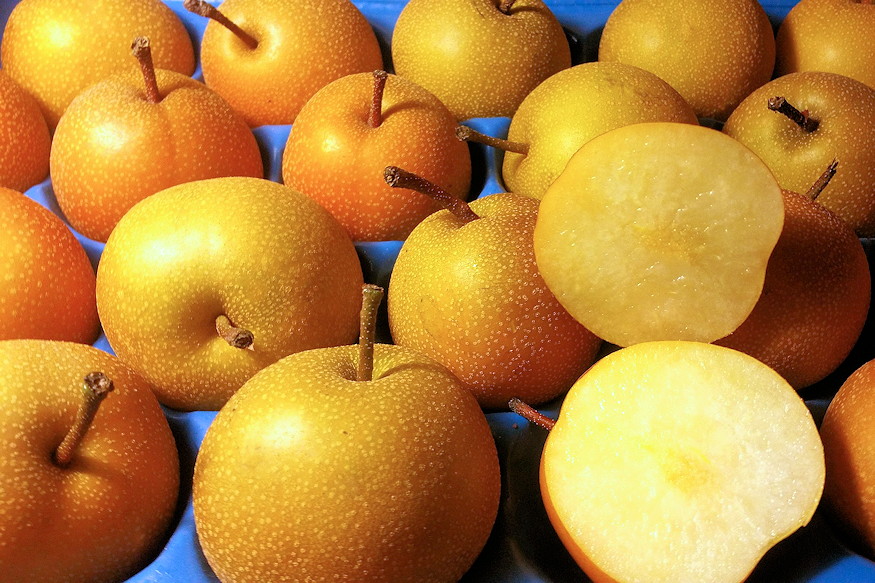
Where to Find Japanese Pears
If you don’t have space to grow your own tree, Japanese pears are widely available in many supermarkets, farmers’ markets, and specialty grocery stores. They are also featured in dishes at Asian restaurants, making it easy to experience this delightful fruit even if you aren’t growing it at home.
A Taste of the East
The Japanese pear is a delightful addition to any garden or kitchen. Its refreshing flavor, combined with its versatility in cooking and cultural significance, makes it an exciting fruit to try. Whether you choose to grow your own or purchase it fresh, the Japanese pear is sure to bring a touch of exotic flavor to your table.



